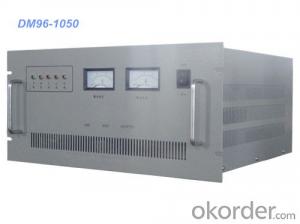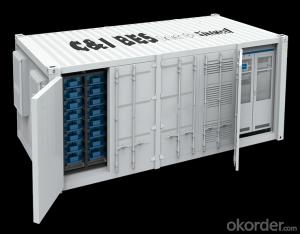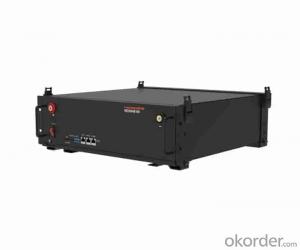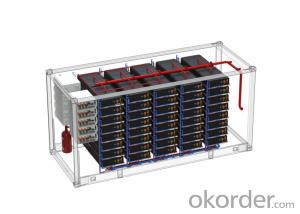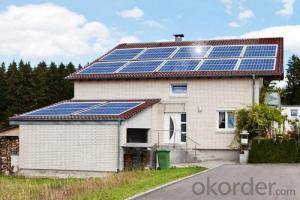Solar 5kva Inverter
Solar 5kva Inverter Related Searches
Inverter With Solar Charger Inverter Charger Solar System 5kva Inverter Solar System 12v Solar Inverter Charger 12 Volt Solar Inverter Charger Solar Inverter Charger 24v Solar Charger Inverter Combo Solar Inverter Charger 48v Hybrid Inverter Charger Solar Hybrid Solar Inverter ChargerHot Searches
Solar With Inverter Price Solar Inverter With 2 Battery Solar Inverter With Ac Outlet Mini Inverter With Battery Online Shopping Solar Inverter Low Price Solar Inverter Off Grid Price Off Grid Solar Inverter Price 5kva Solar Inverter Price Solar Inverter On/Off Grid Solar Inverter Off Grid 1000w Solar Inverter Pv1800 Solar With Inverter Price Solar Inverter With 2 Battery Solar Inverter With Ac Outlet China Solar Inverter 3kw 220v China 220v Solar Inverter Power One Solar Inverter Price Sine Wave Solar Inverter Price 5kva Solar Inverter Price Solar Power Inverter TypesSolar 5kva Inverter Supplier & Manufacturer from China
Okorder.com is a professional Solar 5kva Inverter supplier & manufacturer, offers integrated one-stop services including real-time quoting and online cargo tracking. We are funded by CNBM Group, a Fortune 500 enterprise and the largest Solar 5kva Inverter firm in China.Hot Products
FAQ
- Yes, solar energy systems can be integrated into building materials. This is known as building-integrated photovoltaics (BIPV), where solar panels or cells are seamlessly incorporated into various elements of a building, such as roofs, windows, and facades. BIPV allows for the generation of electricity while serving functional and aesthetic purposes, making it a sustainable and innovative solution for harnessing solar energy.
- The impact of roof color on the performance of solar panels is minimal. While darker roofs may absorb more heat, they do not significantly affect the overall efficiency or output of solar panels. The performance of solar panels primarily depends on factors such as the angle and orientation of the panels, the presence of shading, and the quality of the solar cells themselves.
- Yes, solar energy systems can certainly be used to power retirement homes or assisted living facilities. In fact, solar energy can be a highly beneficial and cost-effective solution for these types of facilities. Retirement homes and assisted living facilities have a high energy demand due to the need for heating, cooling, lighting, and various electrical appliances. By installing solar panels on the rooftops or in suitable areas, these facilities can generate their own electricity and reduce their reliance on the grid. Solar energy systems can help these facilities reduce their operating costs significantly, as they can offset a considerable portion of their electricity bills. This is especially important for retirement homes and assisted living facilities, as they often operate on tight budgets and need to allocate resources efficiently. By harnessing solar power, these facilities can redirect the saved funds towards providing better care and services for their residents. Furthermore, solar energy systems contribute to a cleaner and greener environment. Retirement homes and assisted living facilities have a responsibility towards their residents' well-being, and by using solar power, they can reduce their carbon footprint and promote sustainability. This can have a positive impact on the health and overall quality of life for the residents. Additionally, solar energy systems can provide a reliable source of power during emergencies or power outages. Particularly in areas prone to extreme weather events, where power disruptions are more common, having a solar energy system with battery storage can ensure continuous and uninterrupted power supply to critical areas such as medical equipment, lighting, and HVAC systems. In conclusion, solar energy systems are a viable and beneficial option for powering retirement homes or assisted living facilities. They can significantly reduce operating costs, promote sustainability, and provide a reliable source of power, ultimately improving the quality of care and services provided to residents.
- Yes, solar energy systems can definitely be used in remote areas without access to the power grid. Solar panels can be installed to capture sunlight and convert it into electricity, which can then be used to power homes, businesses, or any other electrical needs. These systems are particularly beneficial in remote areas as they offer a sustainable and reliable source of energy, reducing dependence on traditional power grids and increasing energy independence. Additionally, advancements in battery storage technology allow excess solar energy to be stored and used during nighttime or cloudy days, ensuring a continuous power supply even in these areas.
- Solar energy systems contribute to reducing the need for new power plant construction by providing a clean and renewable source of electricity. By harnessing the power of the sun, solar energy systems produce electricity without emitting harmful greenhouse gases or pollutants like traditional power plants. This reduces the overall demand for electricity from fossil fuel-based power plants, thereby reducing the need for new power plant construction. Additionally, solar energy systems can be installed on rooftops, unused land, or integrated into buildings, making them versatile and minimizing the need for large-scale power plant infrastructure.
- Solar energy systems contribute to job creation in several ways. Firstly, the installation and maintenance of solar panels require skilled workers, such as electricians and technicians, creating employment opportunities in these sectors. Additionally, the manufacturing and supply chain of solar equipment employ a significant number of individuals. As the demand for solar energy continues to grow, so does the need for manufacturing, sales, and distribution jobs in the solar industry. Furthermore, the development and operation of large-scale solar farms create new positions in project management, engineering, and construction. Lastly, the shift towards renewable energy sources like solar power leads to a decrease in fossil fuel jobs but simultaneously opens up new prospects in the clean energy sector, fostering job growth and economic development.
- Yes, solar energy systems can be used for powering medical facilities or clinics. Solar energy is a renewable and sustainable source of power that can be harnessed through solar panels. These panels convert sunlight into electricity, which can then be used to power various electrical appliances and equipment in medical facilities. Using solar energy systems for medical facilities has several advantages. Firstly, it reduces reliance on traditional grid electricity, which can be unreliable or unavailable in certain areas. Solar energy systems provide a consistent and independent source of power, ensuring that medical facilities can operate smoothly even during power outages or in remote locations. Secondly, solar energy systems are environmentally friendly. Medical facilities contribute to a significant amount of greenhouse gas emissions, mainly through the use of fossil fuels for electricity generation. By utilizing solar energy, medical facilities can significantly reduce their carbon footprint and contribute to a cleaner and healthier environment. Moreover, solar energy systems can help reduce operational costs for medical facilities. While the initial installation cost of solar panels may be higher, they have a long lifespan and require minimal maintenance. Over time, the electricity generated by solar panels can offset or even eliminate the need for purchasing electricity from the grid, resulting in substantial cost savings. In addition, solar energy systems can be combined with energy storage solutions, such as batteries, to ensure a continuous and reliable power supply. This is particularly crucial for medical facilities that require uninterrupted power for critical equipment and life-saving procedures. Overall, solar energy systems offer a viable and sustainable solution for powering medical facilities or clinics. They provide a consistent and independent source of electricity, contribute to a cleaner environment, and can help reduce operational costs. By harnessing solar energy, medical facilities can enhance their resilience, sustainability, and ability to provide quality healthcare services.
- Yes, solar energy systems can be used in indoor farming or greenhouse applications. Solar panels can be installed on the roofs or walls of greenhouses or indoor farms to harness sunlight and convert it into electricity. This renewable energy source can power various aspects of indoor farming operations, including lighting, heating, ventilation, and irrigation systems. Solar energy systems not only reduce reliance on traditional energy sources but also help in reducing greenhouse gas emissions and overall operating costs for indoor farming or greenhouse applications.



